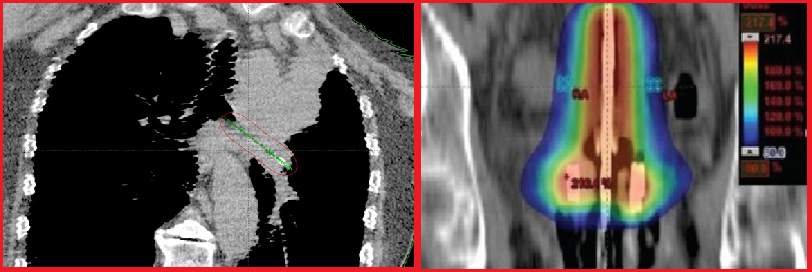
Brachytherapy
It has been used successfully in the treatment of various cancers since the beginning of the 19th century, when radioactivity was discovered. Nowadays, brachytherapy is now available in 3-dimensional imaging techniques based on cross-sectional anatomy such as computed tomography, magnetic resonance imaging and ultrasound.
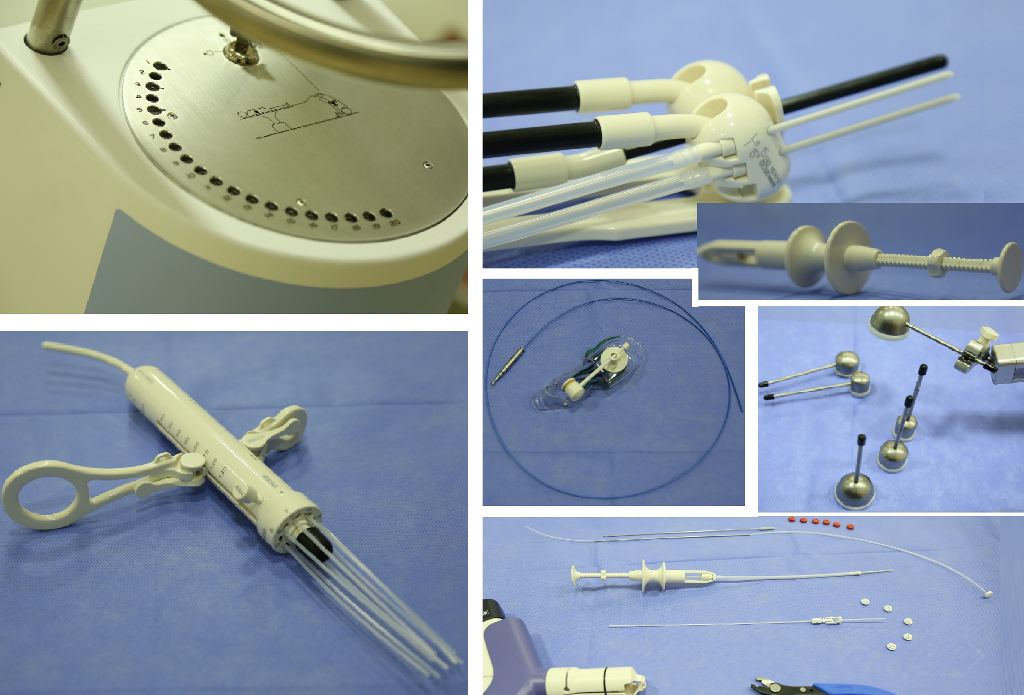
Type of aplicators
In brachytherapy, various devices called applicators are utilized to bring the radioactive source closer to the area to be irradiated. The placement of these applicators is often painless, but sometimes anesthesia may be required.
Brachytherapy is basically implemented in three ways:
1- Intracavitary brachytherapy: It is performed with the help of applicators placed in the patient's natural cavities (cervix, cervix, bronchus, etc.).

2- Interstitial brachytherapy: It can be done with the help of radioactive sources sent through the applicators or needles placed in the tissues of the patient (HDT prostate brachytherapy), or as permanent implantation of the radioactive sources into the tissue (permanent prostate uLDR brachytherapy).

3- Contact brachytherapy: A radioactive source / radiation source is applied to superficial tissues such as skin or by removal of other organs during the operation such as superficial intraoperative radiotherapy (IORT).
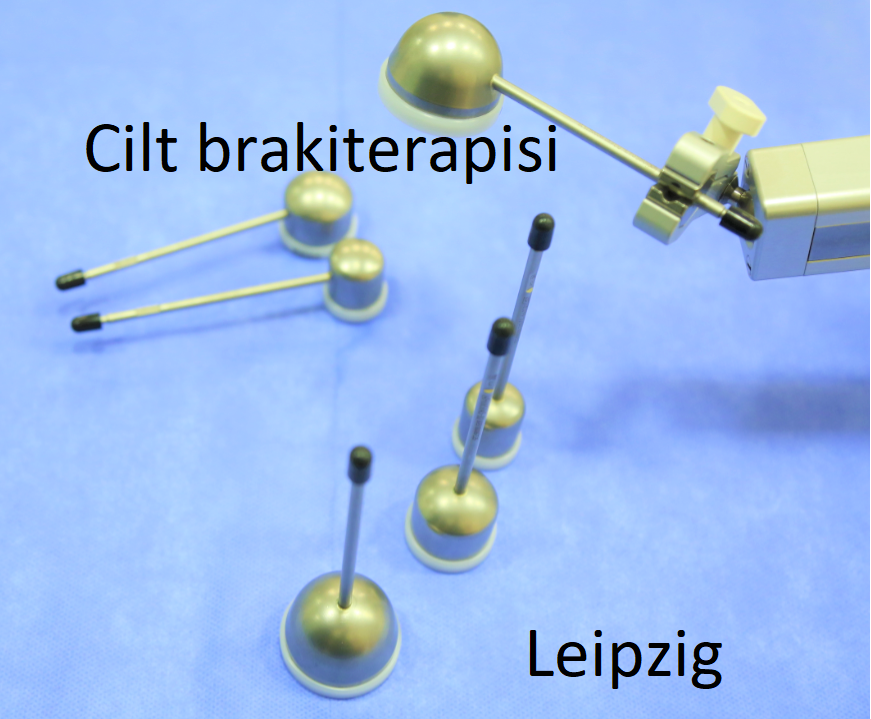
Is the rate of radiation delivered in brachytherapy different?
1- High dose rate brachytherapy (HDR)
2- Low dose rate brachytherapy (LDR)
3- Ultra low dose rate (uLDR) brachytherapy
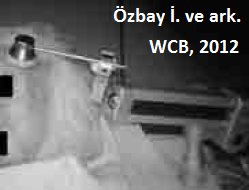
High-dose rate skin brachytherapy (with Leipzig applicator)
If the surface and depth of the early stage skin squamous and basal cell cancers are appropriate, this brachytherapy treatment can be used.
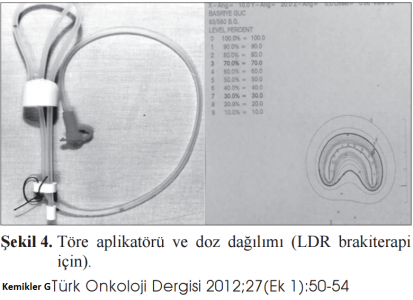
This is the applicator for gynecological low-dose rapid brachytherapy which is developed by Prof. Dr. Gökhan Töre. After placement, the patient completes inpatient treatment for 2-3 days. The radioactive source and applicator are then removed and the patient is sent to home.
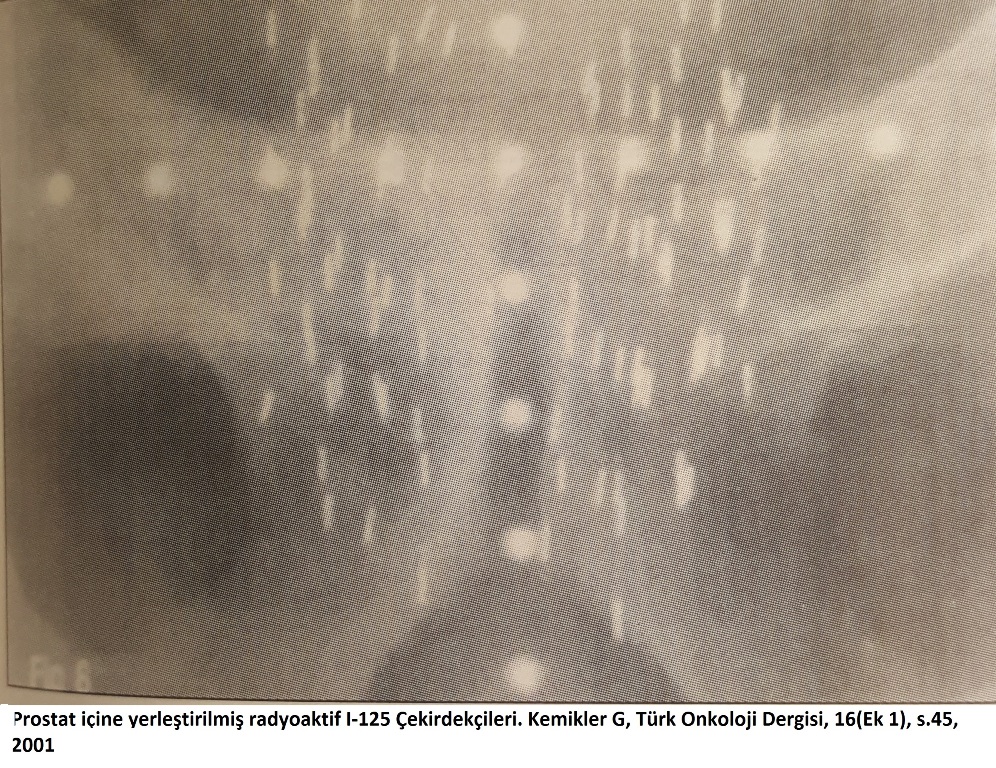
Prostate very low dose rapid brachytherapy (uLDR)
The radioactive seeds placed in the prostate, irradiates the entire prostate very slowly with months of radioactivity.
Interstitial permanent prostate brachytherapy can be used as the sole treatment for patients with low-risk prostate cancer. It can aiso be used as an additional treatment in patients with moderate and high risk after external prostate irradiation. These seeds are not removed from the patient after loosing their activity.
